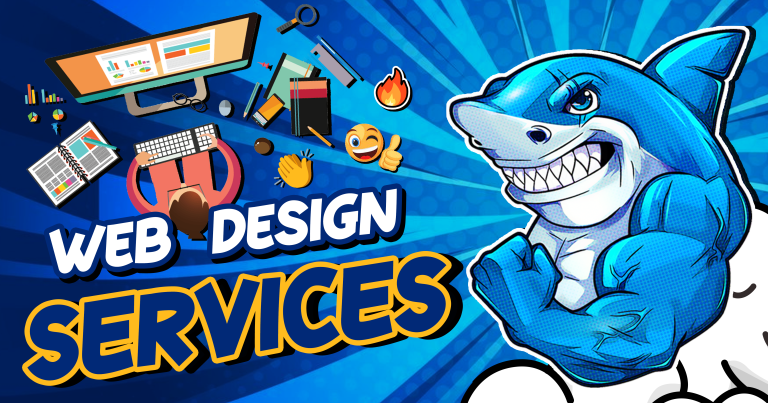
Welcome to our exploration of creative layouts in web design! In the ever-evolving landscape of digital aesthetics, the layout of a website serves as its foundation, setting the tone for user experience and visual engagement. As technology advances and design trends evolve, designers are continuously pushing the boundaries of creativity to deliver unique and memorable web experiences. In this blog series, we embark on a journey to unravel the intricacies of innovative layout designs that captivate audiences and elevate brands. From asymmetrical compositions to experimental grid systems, we’ll delve into a plethora of techniques and inspirations that redefine conventional norms. Whether you’re a seasoned designer seeking fresh perspectives or a novice eager to learn, join us as we delve into the world of creative layouts in web design, where imagination knows no bounds.
Breaking the Mold: Unconventional Layouts That Make Your Website Stand Out
In the vast landscape of the internet, where countless websites vie for attention, standing out is essential for success. One powerful way to capture audience interest and differentiate your online presence is through innovative web design layouts. While traditional layouts have their merits, breaking away from the norm can breathe new life into your website and leave a lasting impression on visitors. Join us as we explore the realm of unconventional layouts and discover how they can elevate your website to new heights.
Embracing Asymmetry
Traditional website layouts often rely on balanced, symmetrical designs to convey a sense of order and professionalism. However, embracing asymmetry can inject personality and visual intrigue into your website. By strategically offsetting elements, playing with varying sizes and placements, you can create layouts that feel dynamic and engaging. Whether it’s tilting grids, staggered sections, or off-center focal points, asymmetry allows for a more organic and captivating user experience.
Dynamic Scroll Effects
Gone are the days of static web pages that merely present information in a linear fashion. Today’s users crave interactivity and fluidity in their online experiences. Incorporating dynamic scroll effects, such as parallax scrolling or scroll-triggered animations, can transform your website into an immersive journey. As visitors navigate through your content, elements can respond dynamically, creating a sense of depth and movement that keeps them engaged from start to finish.
Collage-Inspired Layouts
Draw inspiration from the world of collage art and embrace eclectic compositions in your website layouts. Instead of rigid grids and predictable arrangements, layer images, text, and graphics in a visually dynamic manner. College-inspired layouts offer endless possibilities for creative expression, allowing you to experiment with juxtaposition, scale, and texture. Whether it’s overlapping elements, scattered clusters, or seamless blends, these layouts can evoke a sense of spontaneity and whimsy that resonates with your audience.
Split-Screen Designs
Break free from the confines of a single, uniform canvas by embracing split-screen layouts. This approach divides the screen into distinct sections, each with its own content or functionality. Whether it’s showcasing contrasting images, presenting multiple products side by side, or offering simultaneous views of different perspectives, split-screen designs promote visual interest and facilitate intuitive navigation. By leveraging the power of asymmetry and contrast, you can create memorable user experiences that cater to diverse needs and preferences.
Modular Grid Systems
While grids are a fundamental tool in web design, they need not be confined to strict, uniform structures. Modular grid systems offer a flexible framework for organizing content while allowing for creative experimentation and adaptability. By breaking free from rigid columnar layouts and embracing modular elements of varying sizes and shapes, you can craft layouts that feel dynamic and responsive. Whether it’s dynamic card layouts, fluid masonry grids, or overlapping modules, modular grid systems empower you to design with freedom and flexibility.
Beyond the Box: Thinking Outside Traditional Website Layouts
In the ever-evolving landscape of web design, the quest for innovation and differentiation has never been more crucial. Traditional website layouts, with their predictable grids and standard elements, can sometimes feel limiting in their ability to capture attention and engage users effectively. To truly stand out in today’s digital realm, designers must push the boundaries of creativity and explore unconventional approaches to layout design. Join us as we venture beyond the confines of traditional website layouts and discover how thinking outside the box can unlock new possibilities for captivating user experiences.
Fluid Layouts
Break free from the rigidity of fixed-width layouts and embrace fluidity in your design approach. Fluid layouts adapt seamlessly to different screen sizes and resolutions, offering a consistent user experience across devices. By prioritizing flexibility and responsiveness, you can create layouts that feel dynamic and immersive, catering to the diverse needs of your audience. Whether it’s fluid grids, flexible images, or adjustable typography, fluid layouts empower you to design with scalability and adaptability in mind.
Circular Navigation
Challenge the linear conventions of traditional navigation menus by embracing circular design patterns. Circular navigation menus offer a visually distinctive alternative to standard menus, encouraging users to explore your website in a more intuitive and interactive manner. By arranging navigation options along a circular path, you can create a seamless flow of information that feels natural and engaging. Whether it’s a radial menu, a carousel-style interface, or a circular breadcrumb trail, circular navigation adds a touch of elegance and sophistication to your website’s layout.
Interactive Infographics
Elevate your website’s visual storytelling capabilities by incorporating interactive infographics into your layouts. Traditional infographics present static data in a linear format, but interactive infographics take engagement to the next level by allowing users to interact with and manipulate data in real-time. By integrating interactive charts, graphs, and maps into your layouts, you can transform complex information into engaging visual narratives that capture and hold users’ attention. Whether it’s exploring data layers, filtering datasets, or animating transitions, interactive infographics offer a dynamic and immersive user experience.
Split-Screen Scrolling
Divide and conquer with split-screen scrolling layouts that offer a unique and engaging browsing experience. Split-screen scrolling divides the screen into two or more sections, each with its own scrollable content. This approach allows users to explore multiple pieces of content simultaneously, facilitating comparison and discovery. Whether it’s presenting contrasting images, complementary text, or related products side by side, split-screen scrolling layouts encourage users to interact with your content in a more dynamic and immersive way.
Layered Parallax Effects
Add depth and dimension to your website’s layout with layered parallax effects that create a sense of visual depth and immersion. Parallax scrolling involves moving background elements at different speeds as users scroll down the page, creating a layered effect that simulates depth perception. By strategically layering images, text, and graphics, you can create captivating visual narratives that draw users into your content and encourage exploration. Whether it’s subtle parallax effects that add a hint of movement or more dramatic effects that create a sense of depth, layered parallax effects offer endless possibilities for creative expression.
Responsive Design Revolution: Adapting Layouts for Every Screen Size
In today’s multi-device world, ensuring your website looks and functions flawlessly across all screen sizes is paramount. Enter responsive design – a revolutionary approach that allows layouts to adapt dynamically, providing an optimal viewing experience for users on desktops, laptops, tablets, and smartphones alike.
- Fluid Grids: Utilize fluid grids that scale proportionally to fit the viewport, ensuring content remains readable and accessible regardless of screen size.
- Flexible Images: Employ flexible images that adjust in size and resolution based on device capabilities, preventing distortion or pixelation.
- Media Queries: Implement media queries to apply custom stylesheets based on device characteristics, such as screen width, resolution, and orientation.
- Mobile-First Approach: Embrace a mobile-first design philosophy, prioritizing the needs of mobile users and progressively enhancing the experience for larger screens.
Conclusion
Delving into the realm of creative layouts in web design opens up a world of possibilities for businesses to captivate their audience and stand out in the digital landscape. By embracing innovative design concepts, such as asymmetry, overlapping elements, and unconventional navigation menus, websites can not only convey information effectively but also evoke emotion and engagement from users. As the online sphere becomes increasingly competitive, investing in unique and visually striking layouts can be a game-changer for businesses looking to leave a lasting impression and drive conversions.
If you’re eager to transform your digital presence with cutting-edge web design, don’t hesitate to reach out to us at Rank Fortress. Located in the USA, our team of skilled professionals is dedicated to crafting bespoke solutions tailored to your brand’s needs. Give us a call at (904)770-5783, and let’s collaborate to bring your vision to life in the dynamic world of web design.

